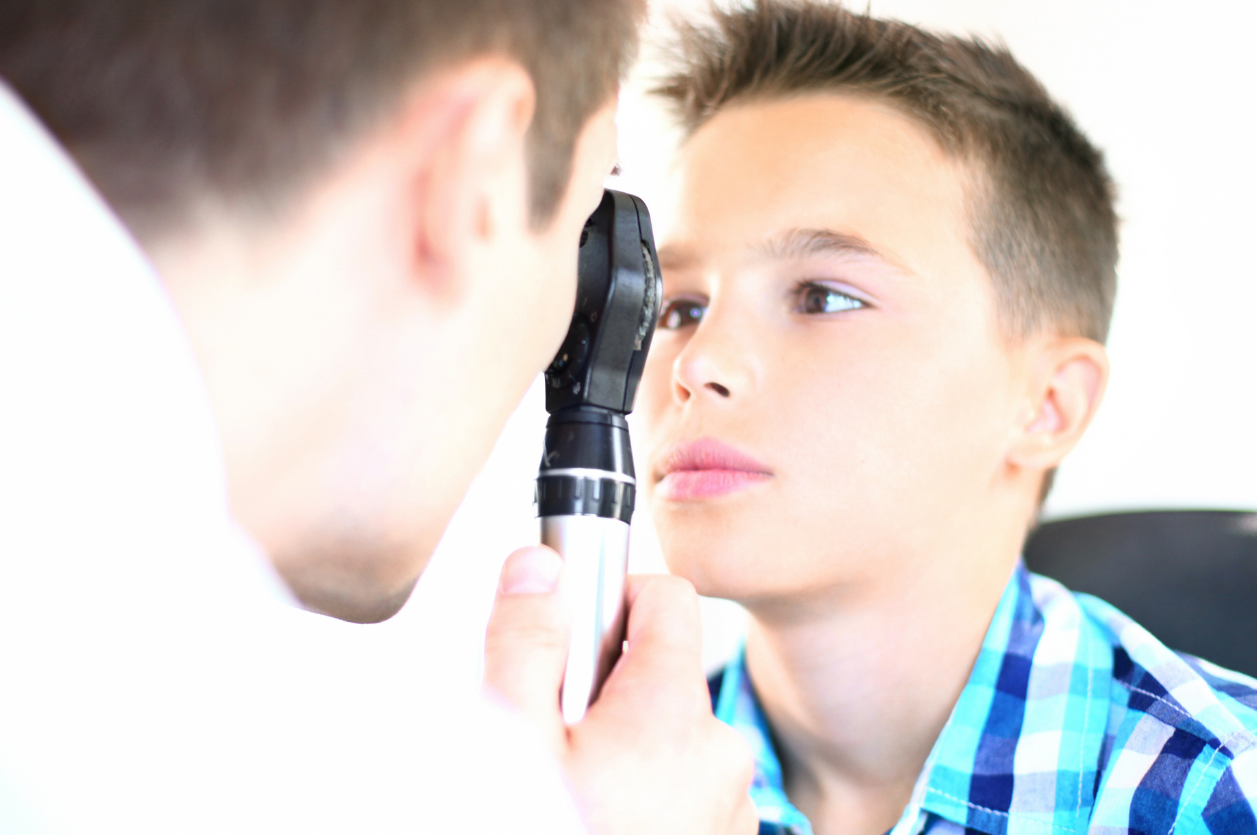The Great Sit to Stand Desk Debate
With sitting being declared the new smoking—the emphasis being that you should stop—you need to look seriously at standing desks.
In fact, the move to “stand up” is being taken very seriously by a number of organizations. As just one example, HubSpot declared itself a #DeskFree culture in 2015. Going desk free not only had health benefits, it also helped them reduce floor space by 52% and their furniture budget by 98%.
Yet, since we’re so attuned to sitting at desks for work, which began for all of us at least as soon as kindergarten, we probably need to find some middle ground. At a minimum, we need to understand some of the points within this debate.
Sitting Versus Standing
 You can find scientific studies that say if you sit for most of the day, you have a higher chance of dying from heart disease, cancer, or strokes. Sitting puts pressure on the arteries, veins, and nerves of your legs which can cause thrombosis and blood clots. Plus, over time you’re going to slouch and that does no good at all for your spine.
You can find scientific studies that say if you sit for most of the day, you have a higher chance of dying from heart disease, cancer, or strokes. Sitting puts pressure on the arteries, veins, and nerves of your legs which can cause thrombosis and blood clots. Plus, over time you’re going to slouch and that does no good at all for your spine.
Standing has the benefit of getting you up off that chair along with the resulting better blood flow to your legs. However, it can put just as much pressure on your lower back as sitting, although in a slightly different manner. And, it can also cause thrombosis and blood clots in your legs if you’re not moving regularly.
Scientific Studies
You can generally find scientific studies to backup almost any point you’re trying to make. So it is with sitting and standing studies.
I like the NPR article “Stand to Work if You Like, But Don’t Brag About the Benefits.” It highlights an analysis of 20 studies of the benefits of sitting or standing. The finding of their analysis was that due to the size of the samples or the methodology employed or other factors there was no evidence that standing is better than sitting.
Movement is the Answer
Given all this, sitting and standing both have their positive aspects and their downsides. But the bottom line is that movement is the real key to getting your blood flowing and your muscles moving. That can come from treadmills or exercise ball chairs—or it could just mean that you need to walk away from your sitting or standing desk from time to time.
Of course, one way to get some movement going is to use a desk that can be shifted from sitting to standing when that suits your work. Not only that, but changing your desk from sitting to standing or vice versa gets you up off your chair or off your feet, whichever works for the moment.
The recommendation that makes sense to me is from Allan Hedge at Cornell University’s Human Factors and Ergonomics programs. He suggests sitting 20 minutes, standing 8 minutes, and stretching for 2 minutes in every half hour. It’s all about movement.
Take Care of Your Vision
Amidst the debate over sitting and standing, make sure you’re taking care of your vision as well. Whether you’re sitting or standing, look up from your work and allow your eyes to focus on something other than your computer screen.
I like the 20-20-20 rule: every 20 minutes look at something at least 20 feet away for 20 seconds. This gives your eyes a break from staring at the screen.
If you have a problem with dry eyes, eye strain, or anything else, we can help.
Use our contact form or call us at 972-612-2099.
Disclaimer: The content on this blog is not intended to be a substitute for professional medical advice, diagnosis, or treatment. Always seek the advice of qualified health providers with questions you may have regarding medical conditions.








